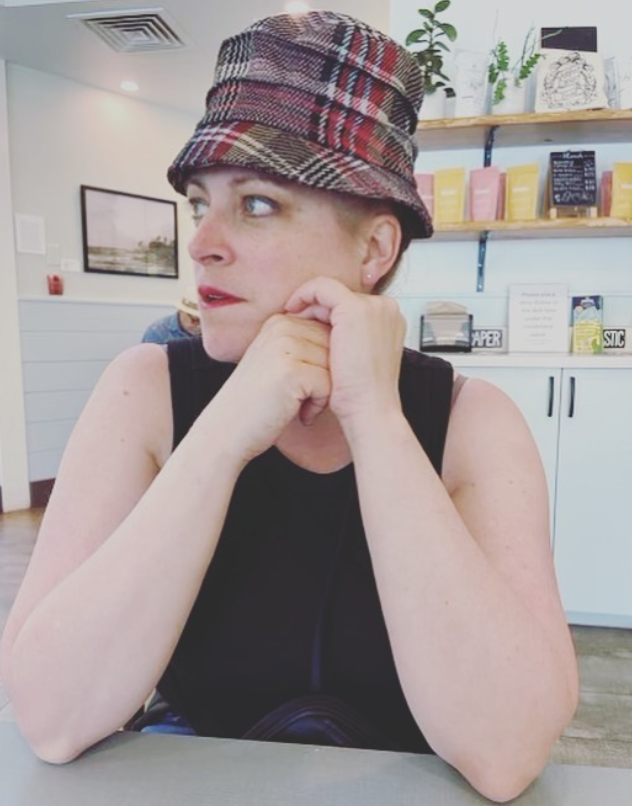Diving into the Reading Research: Post Two-Be a Connector

Reading comprehension requires a little background knowledge, and sometimes a lot of background knowledge to fully understand the topic you are reading.*
Background or prior knowledge is built through life experience, first hand or second hand. We have access to second hand knowledge; the internet it is never ending. Yet, students tend to stay in their “knowledge lane” so to speak, without intentional exposure to other ideas and topics, they stay with and explore what they already know.
Through our other subjects, such as science and social studies, we can help them build background knowledge. This is a start, but much of the text that they are exposed to is not found in their required subjects areas. Thus, the importance of being a connector to bring a variety of ideas and information to students.
Part of our job, as educators, is to connect new ideas and topics with our students. For example:
- Intentional exposure to new topics and ideas. Kelly Gallagher hosts this site, Article of the Week. A great resource for topic variety. Another resource is Wonderopolis, which posts a new wonder every day. Also, check out Dogonews, which posts a variety of articles across many subject areas. Lastly, bring your own passions and hobbies to the classroom. Talk about your own learning.
As teachers, we need to remind ourselves that no topic can be taken for granted. Even a visit to the farm, is not a common part of a North American childhood.
Part of our job, as educators, is to extend ideas and topics with our students. For example:
Extend topics through video explanations: When I use Leveled Literacy Intervention, I often supplemented our reading by looking for related videos on the topic. For example The Fun Club Goes to the Dairy Farm, I showed the students a cartoon video about a cow’s stomach.
Extend topics by exploring maps and images: When my students and I were reading the Tales of a Fourth Grade Nothing, I showed them on a map where the main character lived in relation to the location of other adventures in the novel. Also, we would look up definitions or images that might be confusing such as saddle shoes and monorail.
Extend topics by linking to pop culture: When my students were reading about celebrations and traditions in social studies, specifically how celebrations and traditions connect you to your family in the past and present, I used the ofrenda clip from the movie Coco. This clip literally showed a tradition that connected relatives to their past and to their present.
Other ideas to consider – extend topics through hands on work, experiments, dramatizations and simulations.
You cannot assume that students know enough about a text, to approach it blind. Always check in with students by encouraging pre-reading activities such as making predictions and anticipation guides.
Hopefully this is enough to get you started. If not, let me know.
Until Next Time,
Coach Clark
Related Posts
Diving Into the Reading Research: Post One -Be a Centrist
*From the “The Act of Reading Instructional Foundations and Policy Guidelines” – Date: December 5, 2019 one of the reading recommendations is to – Help students build background knowledge of topics and language that enables students to understand what they read.
